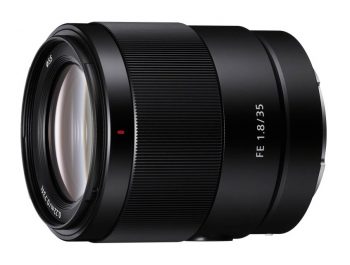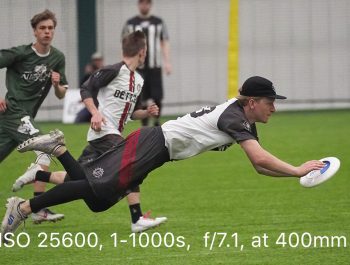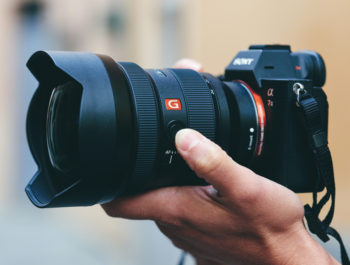My Favorite Lens – The Sony 100-400mm G-Master Lens

For years I thought the ideal lens setup for my full-frame cameras were the 16-35mm, 24-70mm, and the 70-200mm. Many would call this the perfect trifecta for almost every shooting situation. I went with this flow for many years without much thought. Then, I was shooting and teaching with Art Wolfe on a few workshops, and I noticed how much he loved shooting with the 100-400mm focal length.
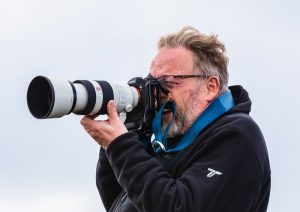
Art is a big Canon shooter and he would almost never take the lens off of his camera. So, when Sony announced a 100-400mm G-Master lens a few years ago, I had to get one. At the same time, I added the Sony a9 to my inventory; and this combination of the a9 and 100-400mm quickly became one of my all-time favorite lens combinations.
The Sony 100-400mm G-Master lens is around 8.25 inches in length when set to 100mm. The weight of the lens is 49.2 oz (1395 Grams) or just a bit over three pounds. While not a push-pull lens, the lens does extend when using higher focal lengths. The overall lens length at 400mm is 11.75 inches. I find that length to be just fine and quite manageable.
My Favorite Lens Video (7:12)
The f-stop range for the lens is 4.5 – 5.6 at 400mm. For me, and what I normally shoot, this has been a non-issue. I typically shoot at f/8. My normal way of shooting with this lens and my Sony a9, at least for handheld work, is to shoot on manual. I first set the shutter speed to where I want it. Following the focal length rule, I find 1/500th of the second and that is the minimum shutter speed I will set to. I will than select the f/stop for the subject type I am shooting. The kicker is setting the ISO on auto. With this set up I am assured that I will get a sharp image without needing to worry about exposure. The ISO quality of the Sony a9, as well as the a7III and a7rIII, are excellent. I can shoot ISO 3200 -12,800 if needed, with better results than I used to get shooting Tri-X film at ISO 800. (Your results may vary.)
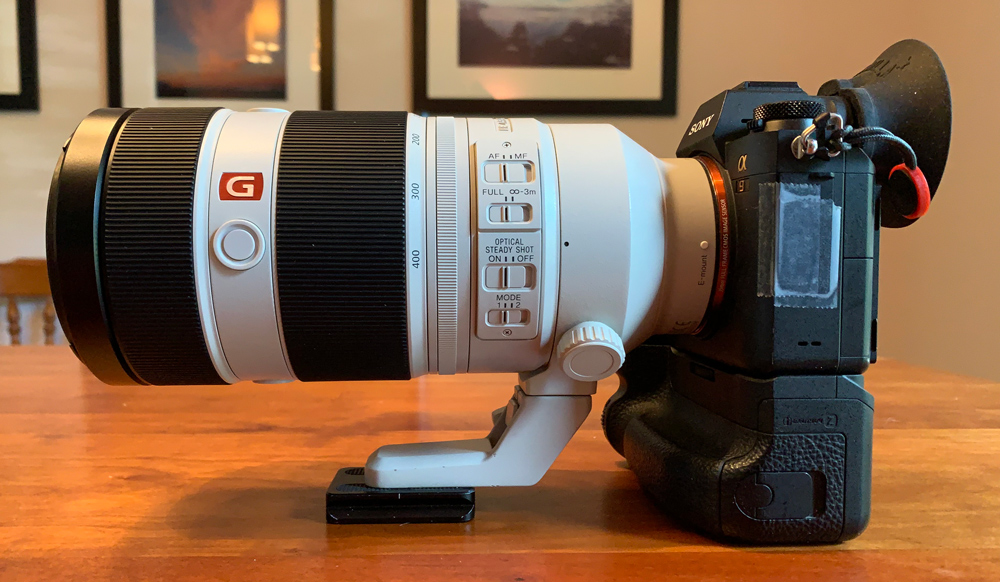

Now, just a bit more about this lens. The lens has three user-programmable buttons that I have set for focus hold. This allows me to be viewing and tracking something and at any time, freeze the focus where I want it. The buttons are conveniently located and easy to use in the normal course of shooting.

There are four switches on the side of the lens. The top switch is AF – MF. That one is easy to figure out. The next switch down sets the AF limiter. The choices are Full and Infinity to 3meters. This makes AF much faster for normal shooting in the 3meter to infinity range. I use Full when I am shooting close up work. The third switch is Optical Steady Shot. I normally leave this on and it works in conjunction with the IBIS of the cameras that I own.
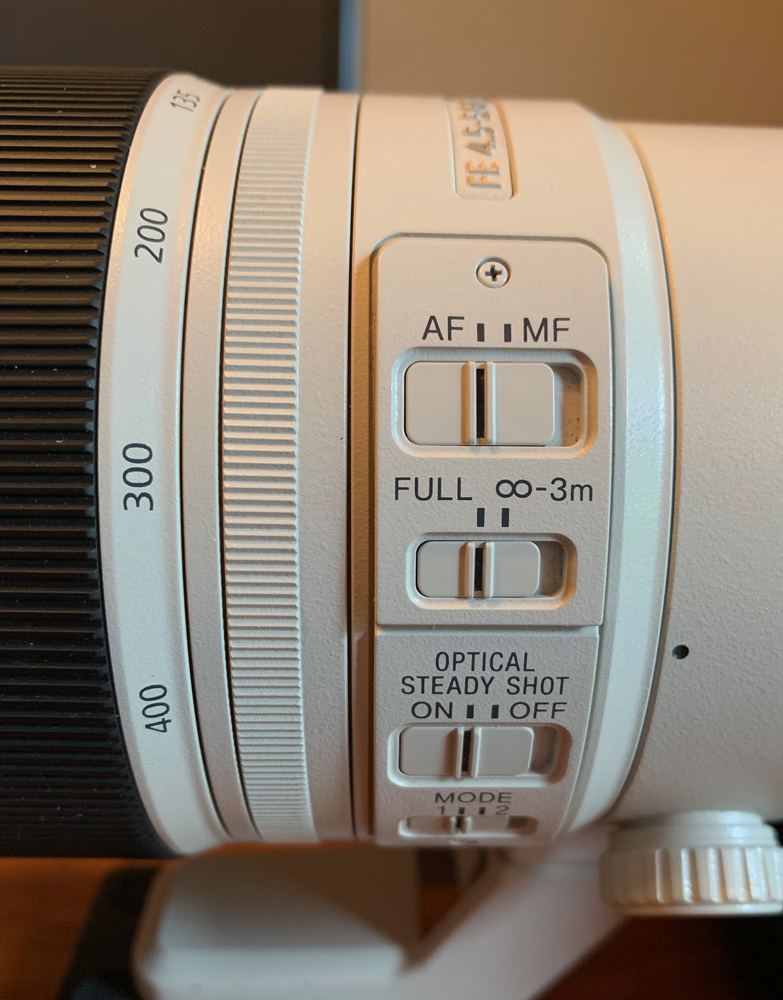
The fourth switch is Mode 1 & 2; this corresponds to how your shooting and what tracking method is used. I leave my lens set to one, which is pretty much set for panning type of tracking.
The lens also has a detachable tripod mount. In the case with this lens, you only detach the shoe part and not the whole lens. One criticism I have, and this kind of thing really irks me, is that with all the good work Sony did with this lens, why didn’t they make the shoe of the tripod mount compatible with Arca Swiss mounting; which is pretty much a standard for all tripod mounting systems. Because of this, I had to purchase a PMU50 plate and attach it as you see in the photo.
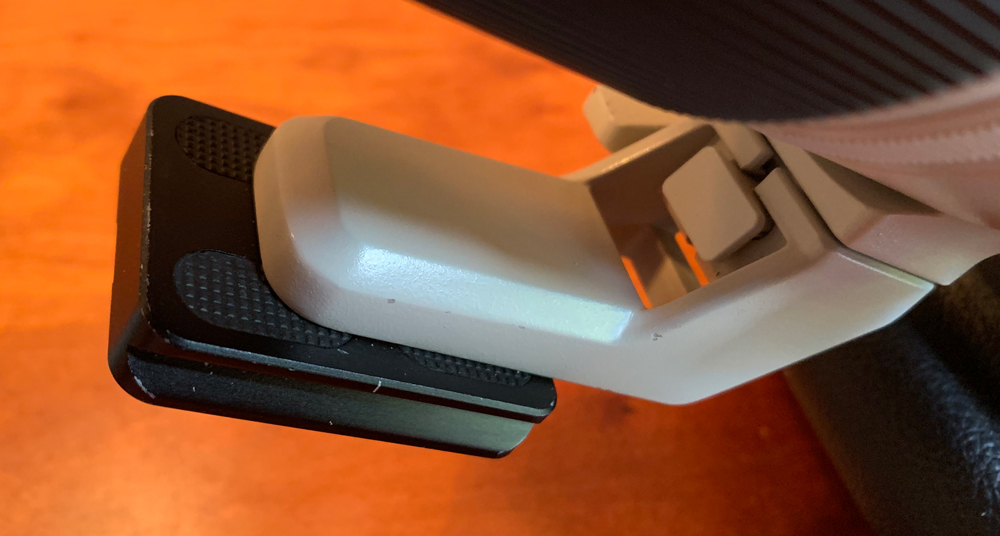

Last but not least, is the lockable lens hood with a small slide hatch on the bottom of the lens that is convenient for adjusting a polarizer filter when attached. The filter thread for this lens is 77mm.
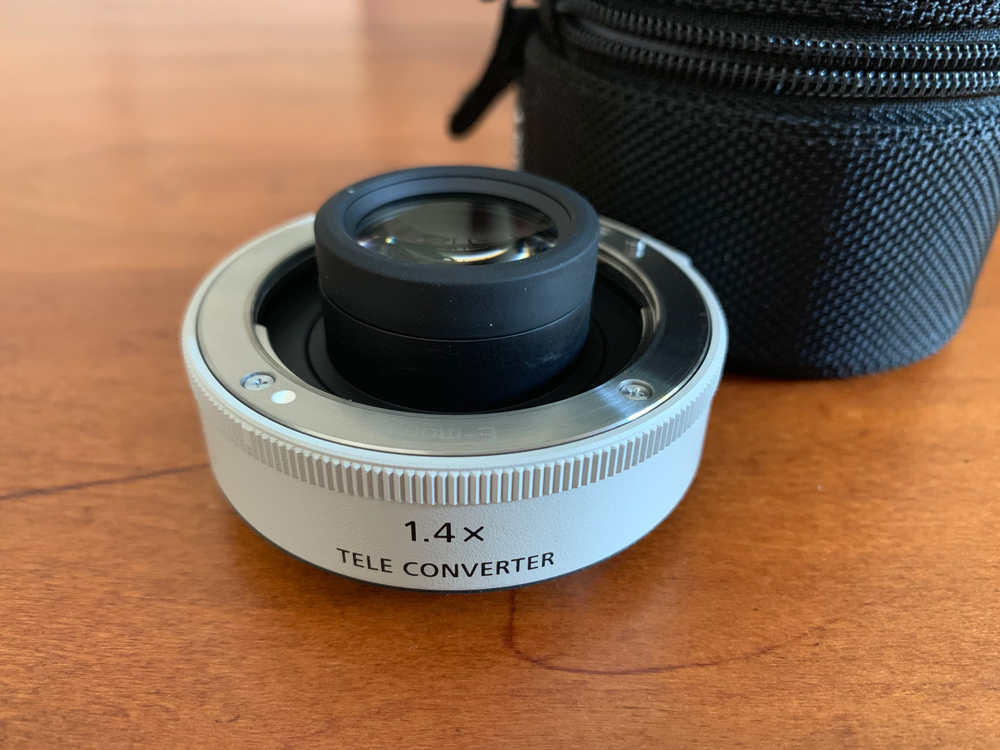
I also own the Sony 1.4 Tele-Extender. While I don’t use it that often I have found it to be a valuable tool when needed and I have not noticed any major or should I dare say noticeable slow down when using it in AF. The maximum reach with this extender attached is around 580mm.
Shooting With The 100-400mm
I have included a number of examples of images that I have shot with this lens below. The lens ability to focus close (3.2 feet) allows you to get some great detail for shooting at a short distance. I found this to be useful when visiting Greenland. From the zodiac, we would get a few feet away from these beautiful icebergs. I would zoom in and explore the iceberg with the lens and found, to my surprise, an amazing abstract world of nature’s patterns at their best. I find it exhilarating to simply explore a scene looking through this lens.
I have been shooting a lot of landscapes with wider lenses then mounting the 100-400mm, and once again exploring the scene I just photographed. Low and behold, I started finding what I call, the picture in the picture. Essentially, new images within the bigger ones. This lens started giving me a whole new perspective in regards to seeing. I found it amazing what I could discover by zooming into a scene and exploring. Sometimes you just need to break out of old routines and find new techniques to add to your repertoire.
As far as action coverage goes, this lens really shines. Since using this lens with the Sony a9, I am finally shooting more birds’ heads than birds’ asses, like I had been doing for most of my career. This AF lock-on is super fast and once this lens locks on, it stays on. I’ll have some video of this capability in an upcoming video and article.
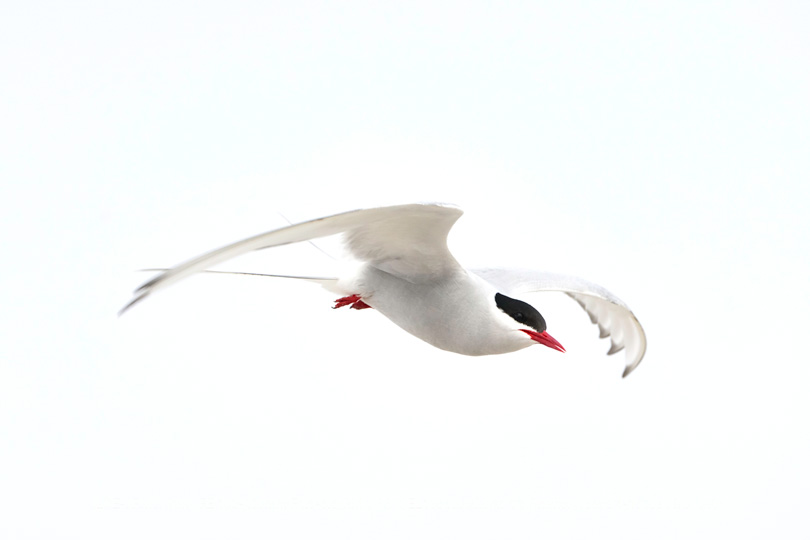
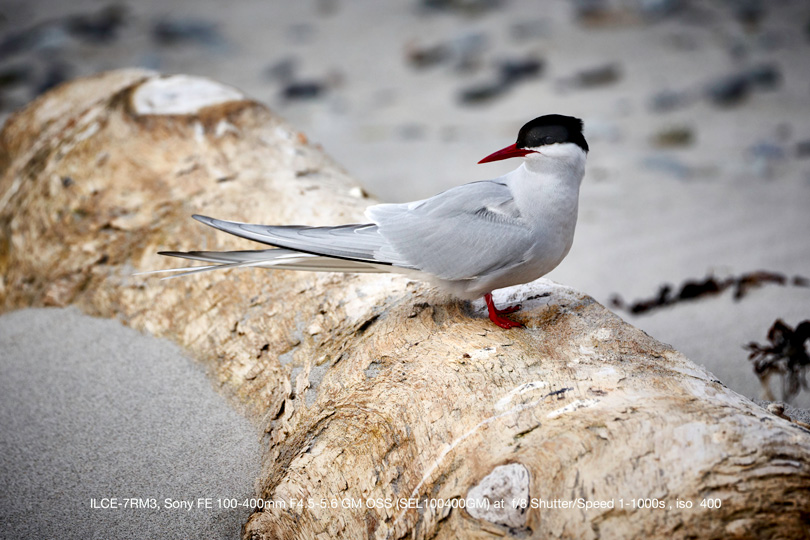
As I explained in the video above, the day I decided this combination of the a9 and the 100-400mm was for me, was while I was running a workshop in Svalbard. We were cruising around in our Zodiacs and we came upon this steep hillside, and at the top of the hill were thousand of birds nesting in the walls of the almost cliff-like mountain. While bobbing around in the zodiacs we watched two Arctic Fox approach the wall and grab a bird that must have fallen from a nest. Game on, I whipped the a9 and 100-400mm lens up, zoomed in to the subject, and in an instant the lens locked on and the a9 was firing off 20 fps as the one fox chased the other; running downhill and towards the shore, where we were drifting in our zodiacs.
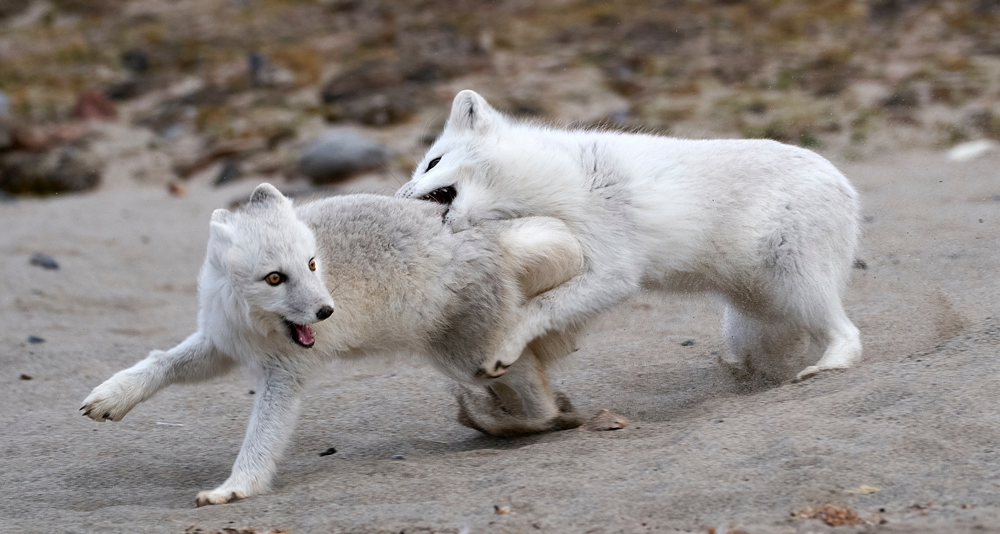
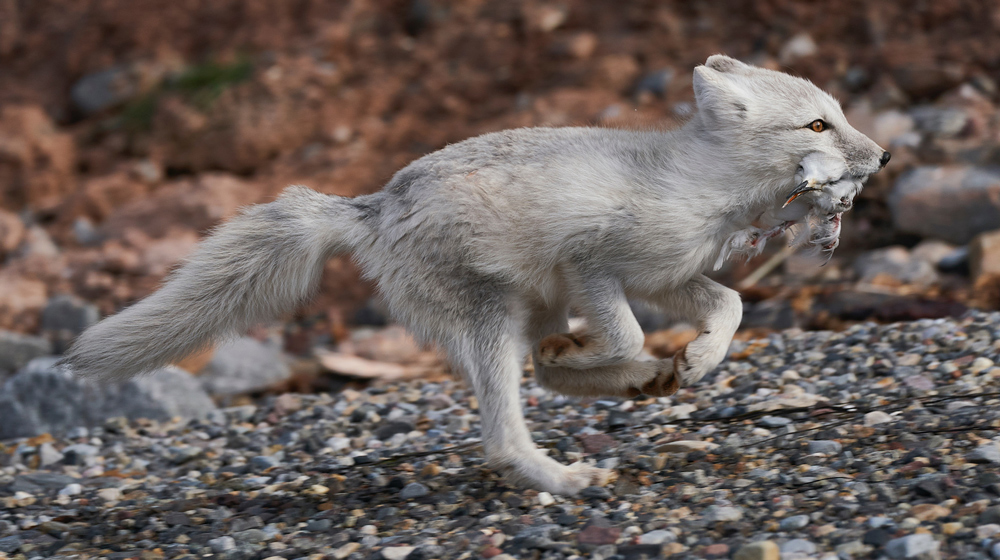
Now keep in mind, we were bouncing up and down and the foxes were running, and I was just lucky to keep them in my viewfinder. As they got closer, I zoomed out and I was able to keep them full frame in the viewfinder. During this time I’m praying that I won’t hit the end of the buffer on the a9. All in all, I captured a very cool running fox sequence where there are a few pictures you that can clearly see the bird in the fox’s mouth. The addition of the sand kicking up, and just a slight motion blur of the paws added to the drama of the shot.
I was so excited. It was at that moment I became a firm believer in Sony cameras and lenses. Others in the boat had fixed focal length lenses, and while they have a few good pictures of the foxes when they were further away, they could not frame them as they came running down the hill towards us. This has always been the major sticking point (besides price) of the long focal length primes. They work great as long as you are at the right distance. If the subject gets closer, you may find that you end up missing the shot.
A Potpourri Of Images Made With The 100-400mm G-Master
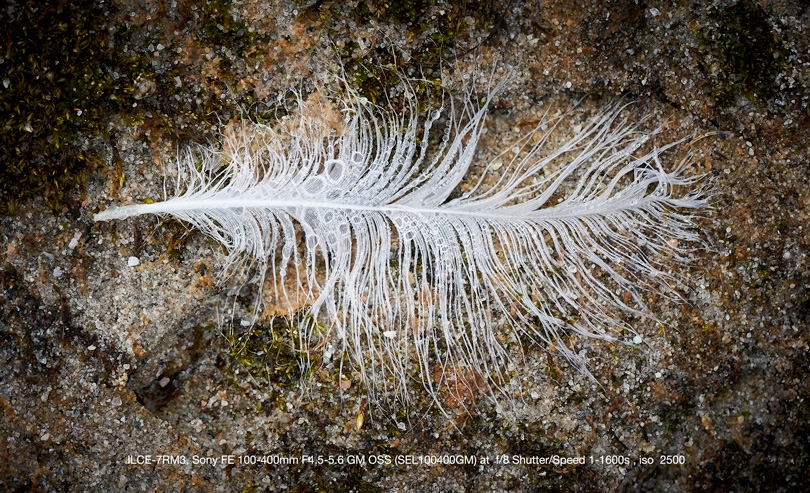
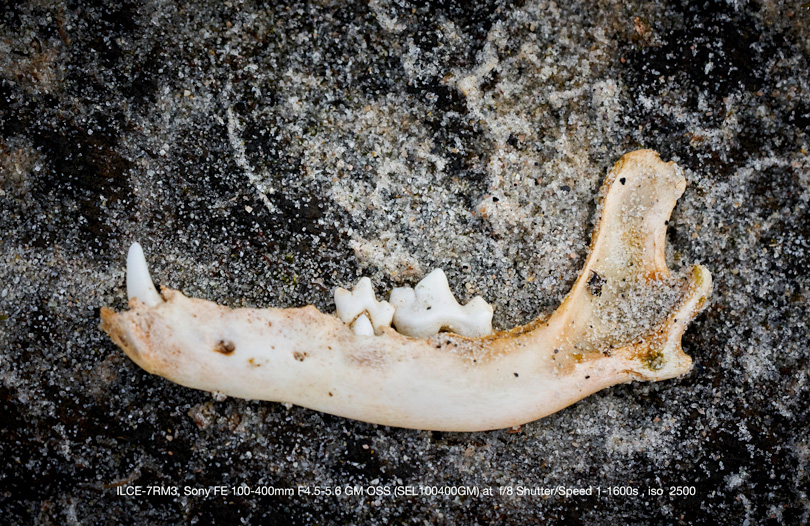
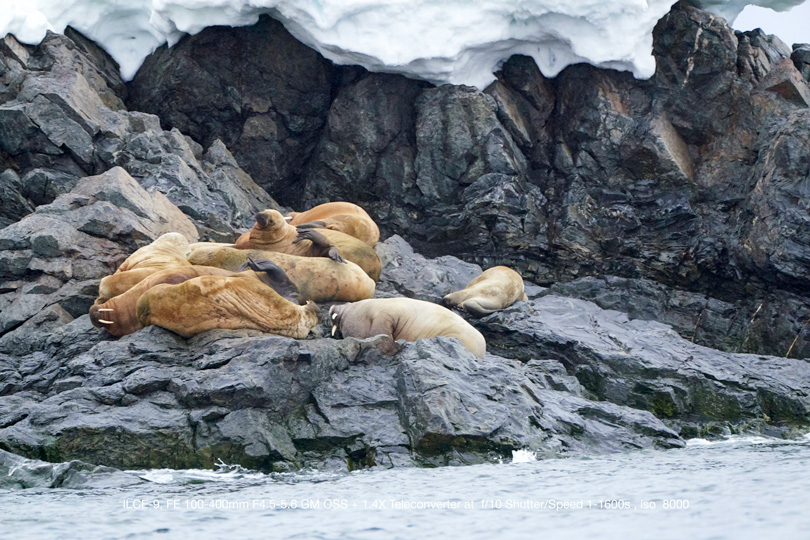
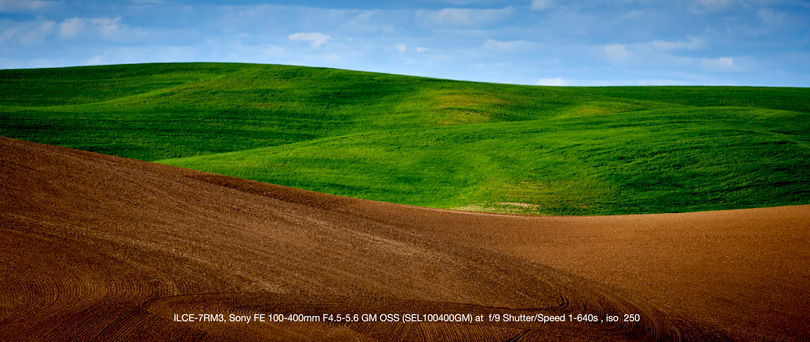
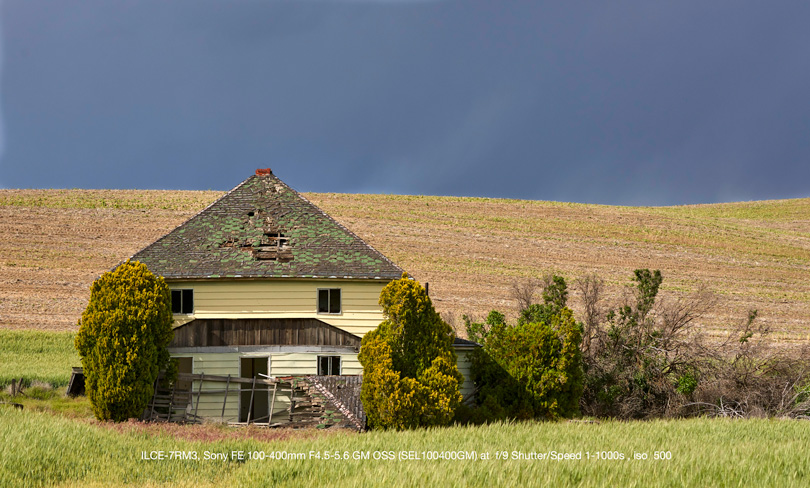
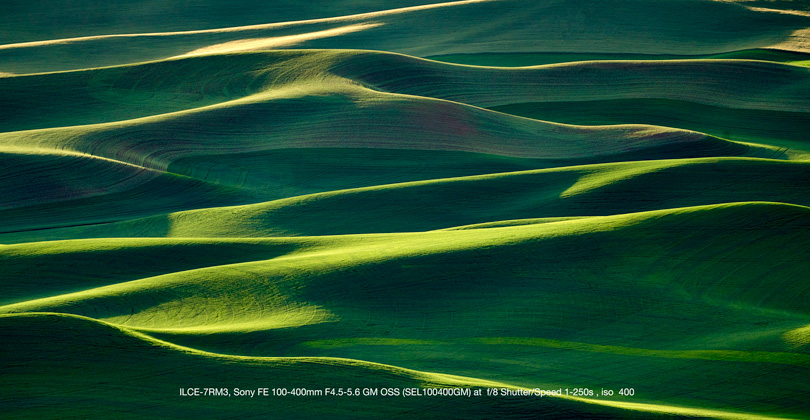
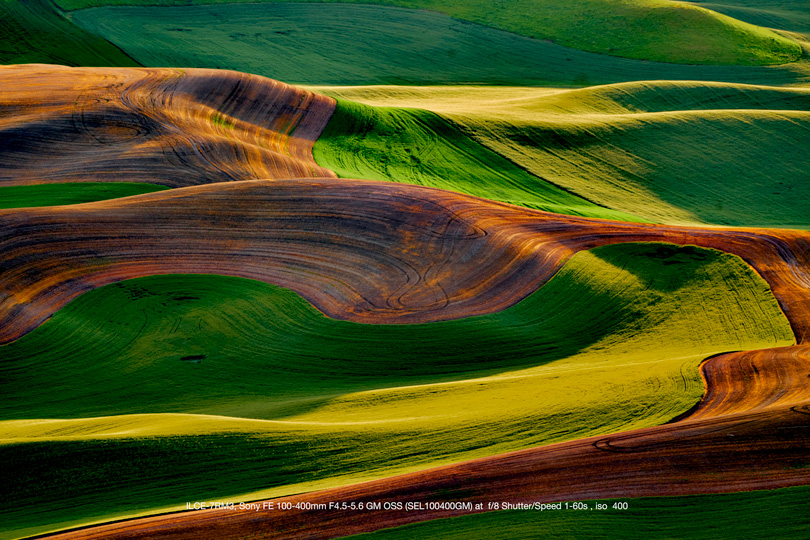
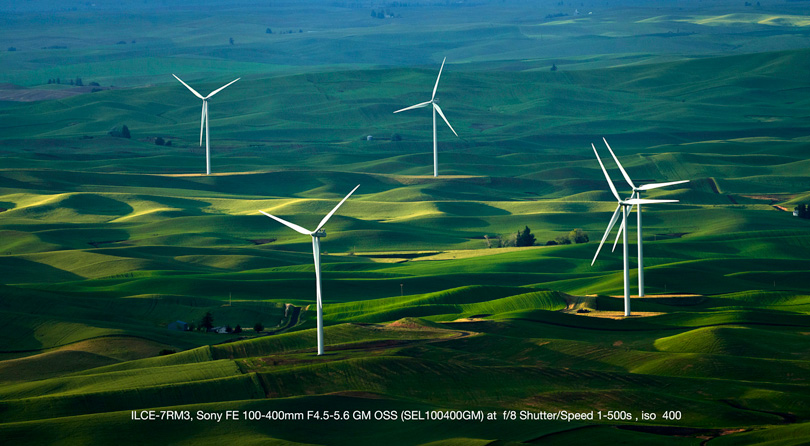
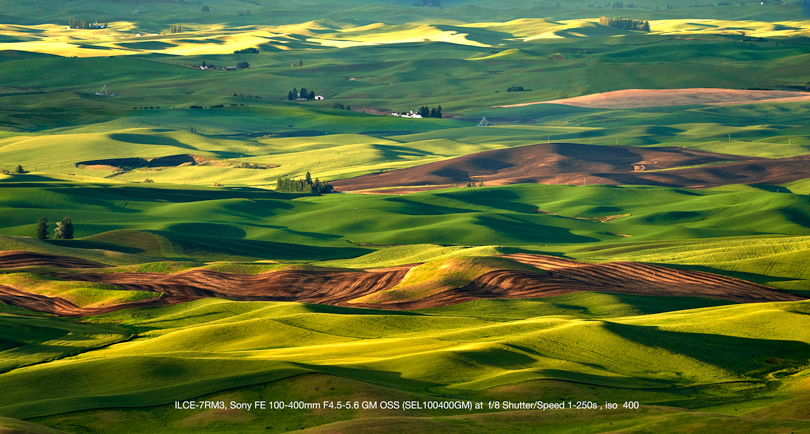

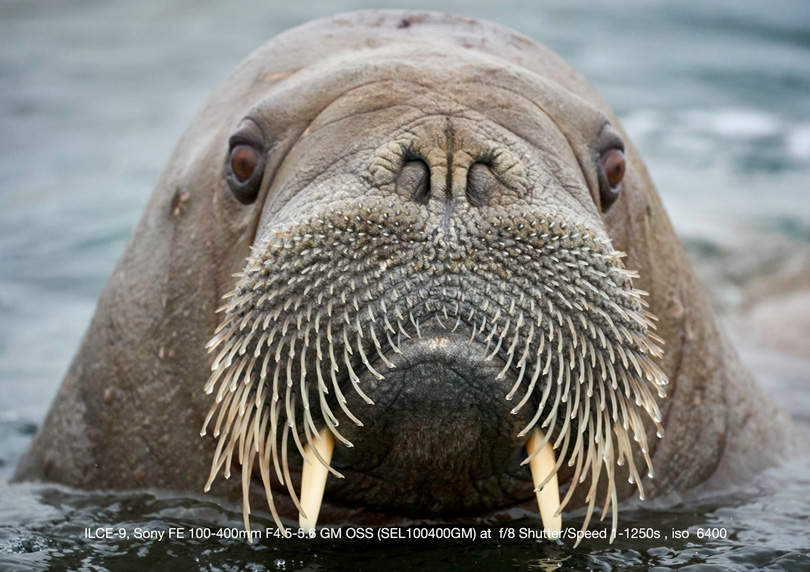
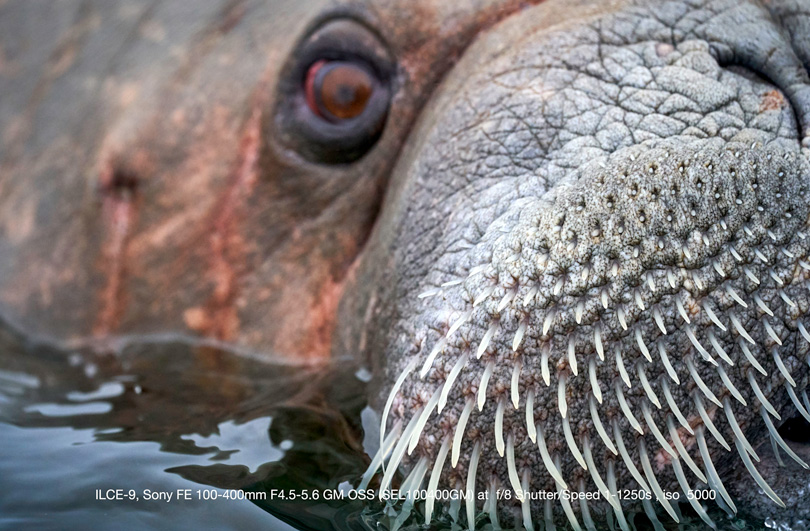
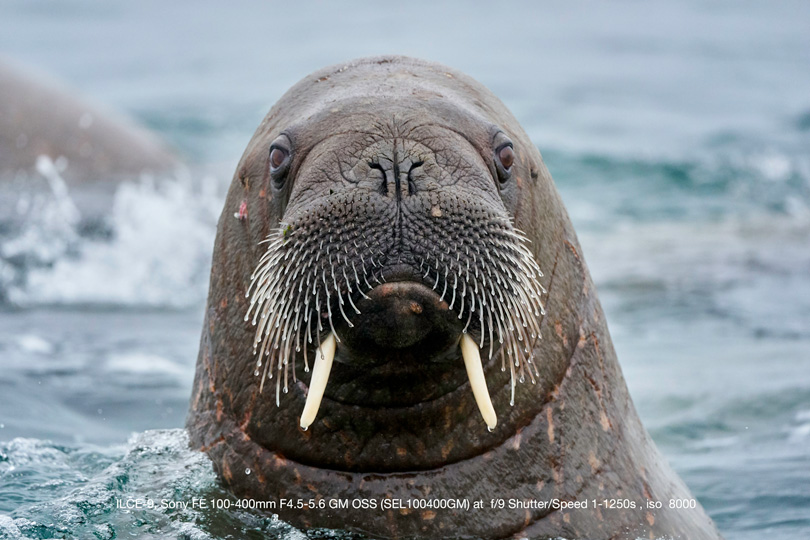
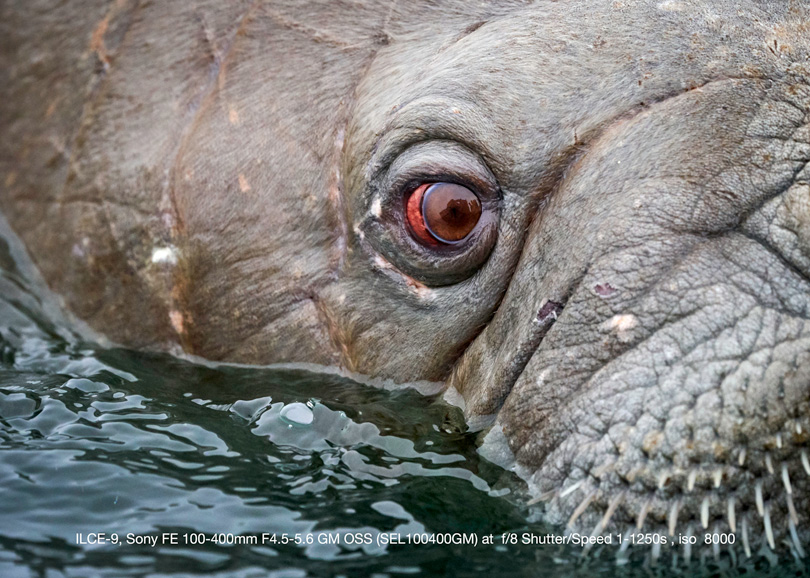
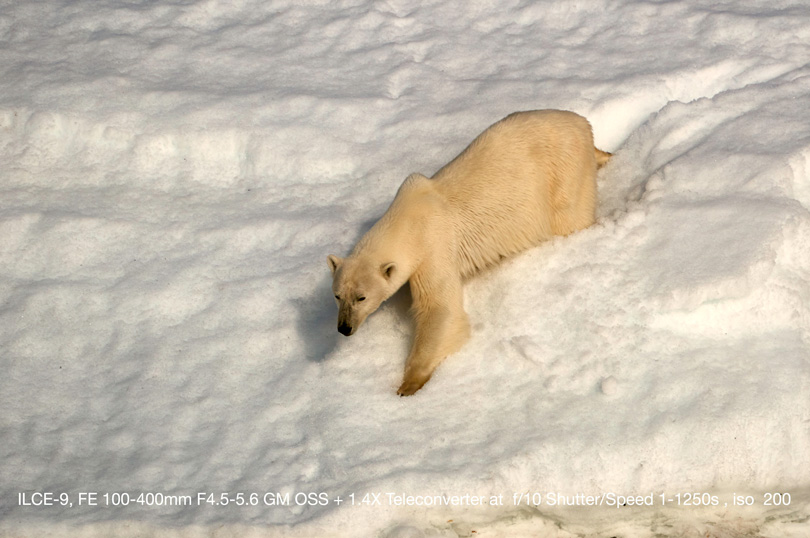
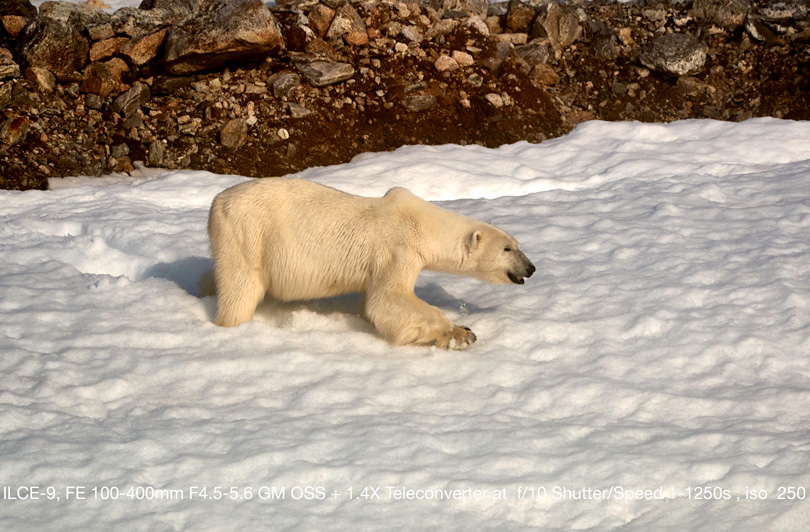
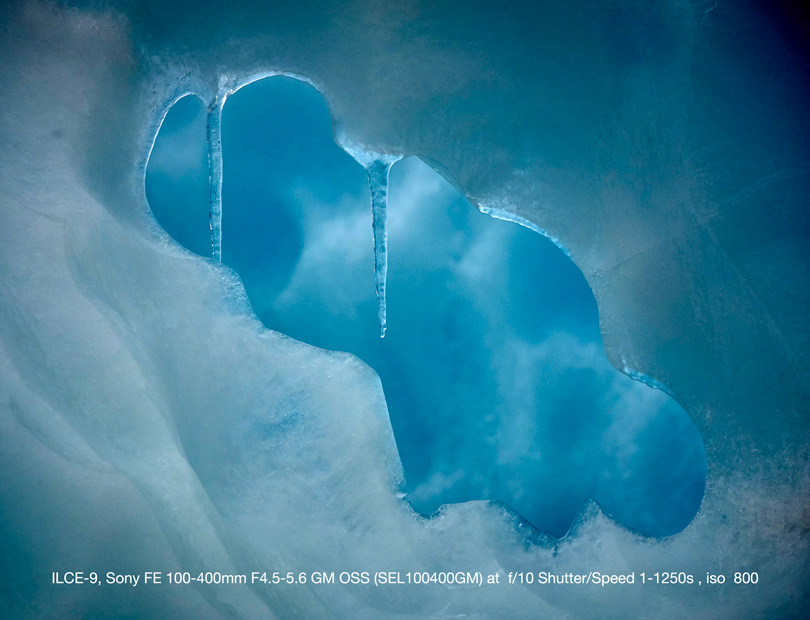
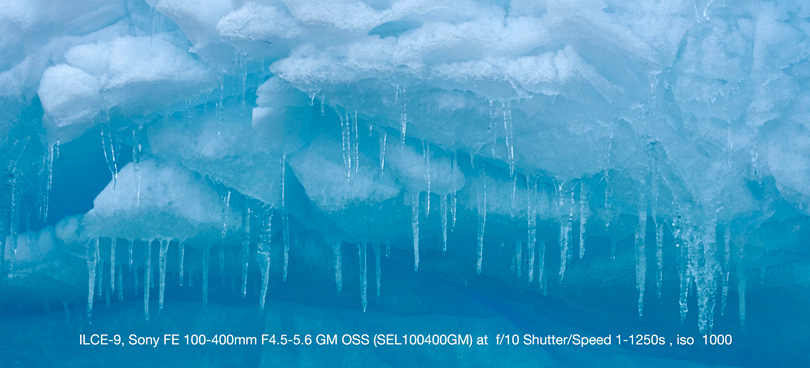
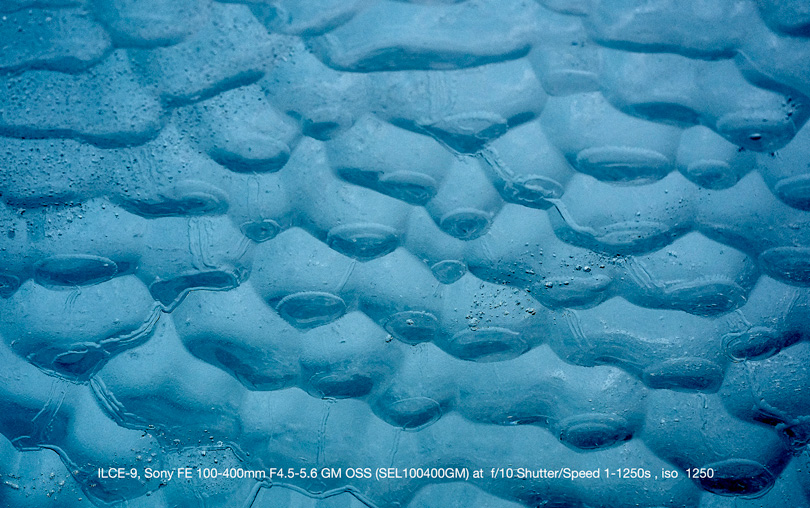
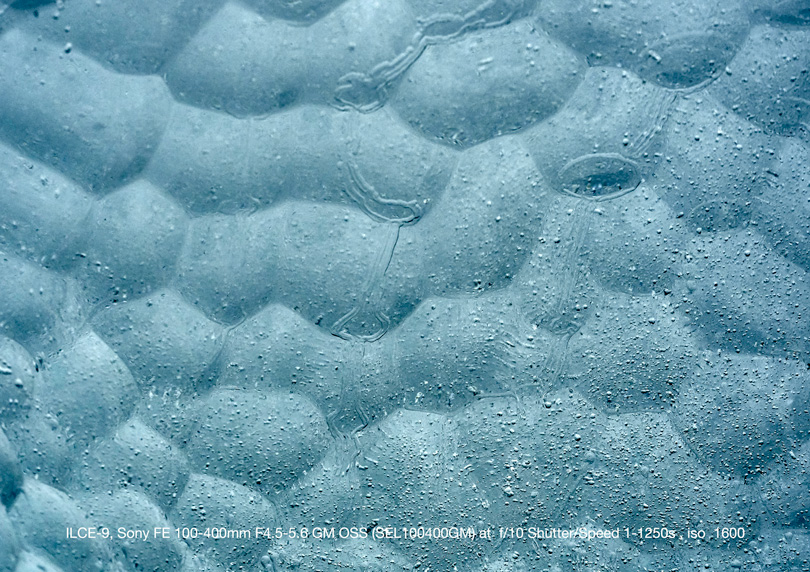
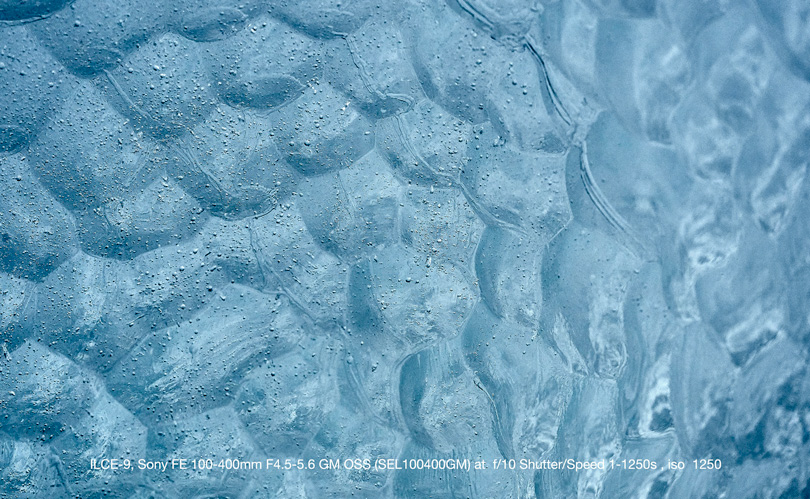
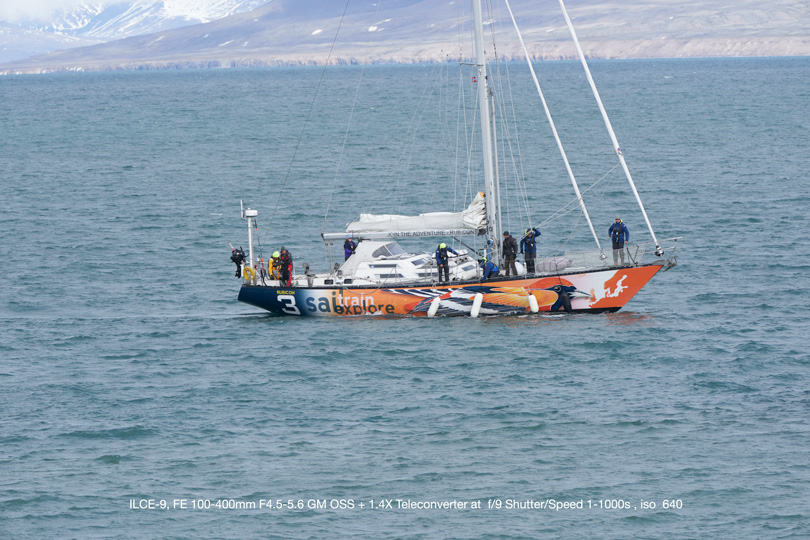
I am very excited to try out the new Sony 200-600mm lens. I’ll be taking this lens with me to Greenland, in September, and I will report back on how I do.
I highly recommend that you add this lens to your arsenal. This Sony 100-400mm G-Master has saved my images more times than I can remember.
This lens can be purchased from:
Roberts
B&H Photo
Amazon
Kevin Raber
August 2019
Indianapolis, IN
Photography is my passion and has been for 50 plus years. My career in photography has allowed me to travel the world, meet some of the most interesting people on the planet and see things I could never have dreamed of. My goal is to share the passion of picture taking through photographs and teaching with as many people as I can, hoping it brings them as much joy and happiness as it has me. I do this through photoPXL.com, this site, as well as Rockhopper Workshops, and other projects, as well as teaching as Artist In Residence at the Indianapolis Art Center.





